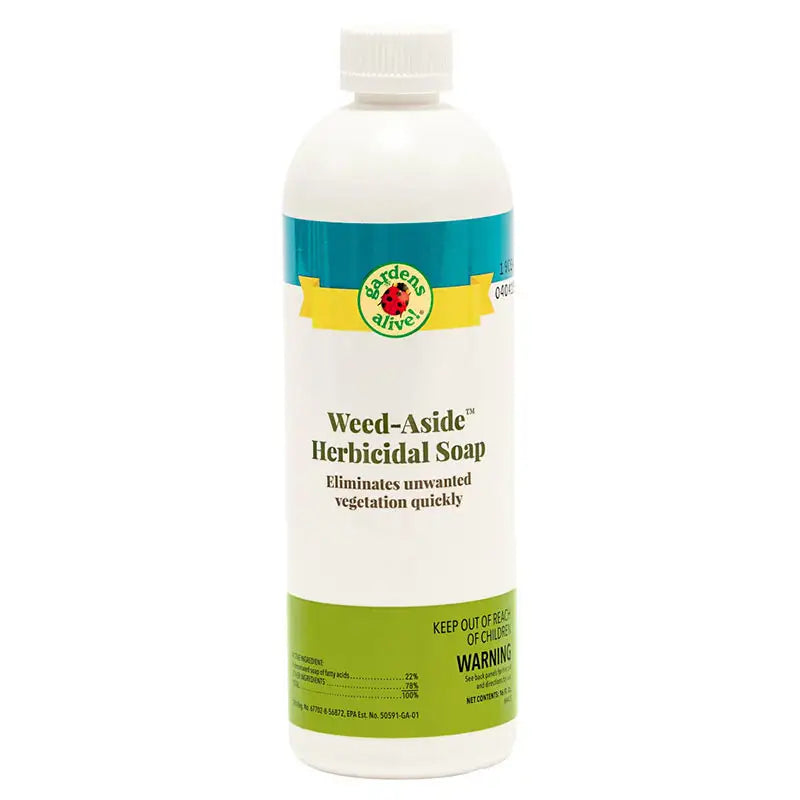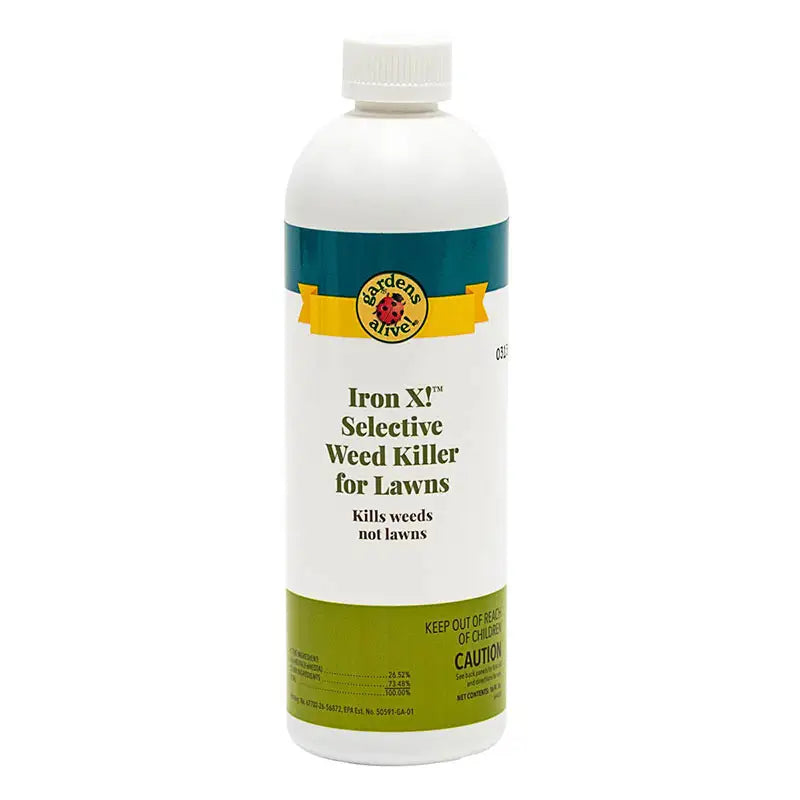The Not-So-Great Imposter; when Wood Sorrel looks like Clover
Q. I have had a 'clover-looking' growth invading my vegetable garden for a very long time. I now suspect it is wood sorrel (oxalis). I hadn't been vigorously weeding it out because I thought it was clover and its root nodules were fixing nitrogen and enriching my soil. Does wood sorrel provide any such soil enhancement?
---Carol in Pennsbury Township in Southern Chester County (near Kennett Square PA)
A. You wish!
Actually, the non-smarty pants answer is that this and other weeds can enrich the soil—if they're pulled out of the ground with lots of soil attached to their roots while still young (before they can flower and potentially go to seed) and added to a compost pile. Some weeds are especially good at improving the finished compost—like dandelions, whose roots contain a lot of calcium.
But this weed isn't one of the especially good ones.
Now, why specify keeping lots of soil attached to the roots when you compost the unwanted plants? Because the soil attached to those roots is teeming with microbial life that will help get the carbon and nitrogen in the compost pile (or bin) dancing faster. One of the oldest bits of organic gardening advice is to add handfuls of finished compost or good soil to the ingredients as you build the pile to get things cooking.
Compost 101: Basic green plants are good sources of nitrogen for the pile—especially important if that pile is, as we urge every year at the time, composed of lots of fall leaves that you've collected and shredded. Those shredded leaves are the 'dry brown/carbon-rich' component that actually becomes the bulk of the finished compost. The fresh 'wet green' Nitrogen-rich young plants essentially provide 'food' for the process.
And if these plants were clovers and not wood sorrel they'd be the BEST weeds to add, because of that nitrogen-fixing thing—right?
Yes. Clovers and other legumes have the potential to form a symbiotic relationship with organisms in the soil that allow the plants to actually use some of the nitrogen in the air we breathe as plant food—"fixing" the nitrogen in their actual cells. But most gardeners—including Carol—misunderstand the process. Growing nitrogen-fixing plants doesn't automatically increase the fertility of your soil.
Nitrogen makes up the vast majority of the air we breathe—a lusty 78%, in fact. But most plants can't access this rich food, and even the ones that can need the help of specific groups of bacteria that live in the soil. When the roots of the right kind of plant—like clover, peas and string beans —encounter the bacteria, the plant can use some of the nitrogen in the air to feed itself. Savvy gardeners will purchase a powdered form of the bacteria —called an 'inoculant'—and roll their pea and bean seeds around in it before planting to insure that the symbiosis takes place. But even that doesn't actually feed the soil. To enrich the soil, you have to till those plants under at the end of the season (a technique that organic farmers call "Green Manure") or compost the nitrogen-rich plants and then enrich the soil with the resulting compost, because the nitrogen is bound up inside the plants while they're actively growing.
Now to get back to Carol's sorrel sorrow. In the great reference book "The Weeds of North America" from the University of Chicago Press, the authors agree that "when not in flower, wood sorrel is often confused with white clover."
But IN flower….
…Nothing like it. Wood sorrel has traditionally-shaped bright yellow flowers instead of the very distinctive beach umbrella/Christmas light shape of the red or white clover flower. And sorrel's flowers turn into crazy bad seedpods that look like miniature okra. And then they explode. Violently.
The University of Chicago weed guide says that the—abundant—seeds can travel up to two meters, or six feet. In one of my absolute favorite reference books of all time, "Wild Urban Plants of the Northeast", Harvard's Peter Del Tridici calls it ten feet. Either way, this is a plant you don't want to let go to seed.
And there's no loss in pulling it early in the season; the flowers aren't even pollinated by insects, so it's not bringing bees and other pollinators into the garden.
(The only actual 'use' I could find for this plant is that it has a long history of the leaves being eaten in small amounts by children for their sour taste—which an 1859 report called "agreeable acidity". And yes, it IS safe to eat—at least in small amounts. But as its scientific name—oxalis—suggests, it's high in oxalic acid, which can make you feel sick if you eat too much.)
So our advice is 'pull and compost'. And try especially hard to prevent any more of those explosive seed heads from forming.
It sounds like she could have a lot of it by now, so go slow. Pull all of the new young plants out of one bed or designated area every season, and have a flame weeder on hand to torch the distinctive little yellow flowers as soon as they appear on the rest of your plants. Or spray them with an iron or soap based natural herbicide.
Because only you can prevent explosive seedpods
---Carol in Pennsbury Township in Southern Chester County (near Kennett Square PA)
A. You wish!
Actually, the non-smarty pants answer is that this and other weeds can enrich the soil—if they're pulled out of the ground with lots of soil attached to their roots while still young (before they can flower and potentially go to seed) and added to a compost pile. Some weeds are especially good at improving the finished compost—like dandelions, whose roots contain a lot of calcium.
But this weed isn't one of the especially good ones.
Now, why specify keeping lots of soil attached to the roots when you compost the unwanted plants? Because the soil attached to those roots is teeming with microbial life that will help get the carbon and nitrogen in the compost pile (or bin) dancing faster. One of the oldest bits of organic gardening advice is to add handfuls of finished compost or good soil to the ingredients as you build the pile to get things cooking.
Compost 101: Basic green plants are good sources of nitrogen for the pile—especially important if that pile is, as we urge every year at the time, composed of lots of fall leaves that you've collected and shredded. Those shredded leaves are the 'dry brown/carbon-rich' component that actually becomes the bulk of the finished compost. The fresh 'wet green' Nitrogen-rich young plants essentially provide 'food' for the process.
And if these plants were clovers and not wood sorrel they'd be the BEST weeds to add, because of that nitrogen-fixing thing—right?
Yes. Clovers and other legumes have the potential to form a symbiotic relationship with organisms in the soil that allow the plants to actually use some of the nitrogen in the air we breathe as plant food—"fixing" the nitrogen in their actual cells. But most gardeners—including Carol—misunderstand the process. Growing nitrogen-fixing plants doesn't automatically increase the fertility of your soil.
Nitrogen makes up the vast majority of the air we breathe—a lusty 78%, in fact. But most plants can't access this rich food, and even the ones that can need the help of specific groups of bacteria that live in the soil. When the roots of the right kind of plant—like clover, peas and string beans —encounter the bacteria, the plant can use some of the nitrogen in the air to feed itself. Savvy gardeners will purchase a powdered form of the bacteria —called an 'inoculant'—and roll their pea and bean seeds around in it before planting to insure that the symbiosis takes place. But even that doesn't actually feed the soil. To enrich the soil, you have to till those plants under at the end of the season (a technique that organic farmers call "Green Manure") or compost the nitrogen-rich plants and then enrich the soil with the resulting compost, because the nitrogen is bound up inside the plants while they're actively growing.
Now to get back to Carol's sorrel sorrow. In the great reference book "The Weeds of North America" from the University of Chicago Press, the authors agree that "when not in flower, wood sorrel is often confused with white clover."
But IN flower….
…Nothing like it. Wood sorrel has traditionally-shaped bright yellow flowers instead of the very distinctive beach umbrella/Christmas light shape of the red or white clover flower. And sorrel's flowers turn into crazy bad seedpods that look like miniature okra. And then they explode. Violently.
The University of Chicago weed guide says that the—abundant—seeds can travel up to two meters, or six feet. In one of my absolute favorite reference books of all time, "Wild Urban Plants of the Northeast", Harvard's Peter Del Tridici calls it ten feet. Either way, this is a plant you don't want to let go to seed.
And there's no loss in pulling it early in the season; the flowers aren't even pollinated by insects, so it's not bringing bees and other pollinators into the garden.
(The only actual 'use' I could find for this plant is that it has a long history of the leaves being eaten in small amounts by children for their sour taste—which an 1859 report called "agreeable acidity". And yes, it IS safe to eat—at least in small amounts. But as its scientific name—oxalis—suggests, it's high in oxalic acid, which can make you feel sick if you eat too much.)
So our advice is 'pull and compost'. And try especially hard to prevent any more of those explosive seed heads from forming.
It sounds like she could have a lot of it by now, so go slow. Pull all of the new young plants out of one bed or designated area every season, and have a flame weeder on hand to torch the distinctive little yellow flowers as soon as they appear on the rest of your plants. Or spray them with an iron or soap based natural herbicide.
Because only you can prevent explosive seedpods



